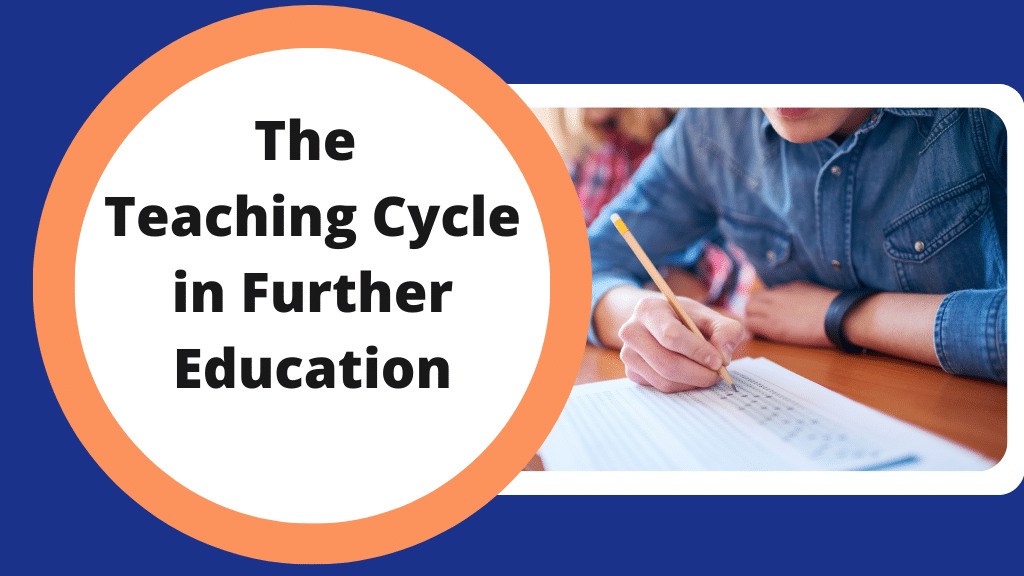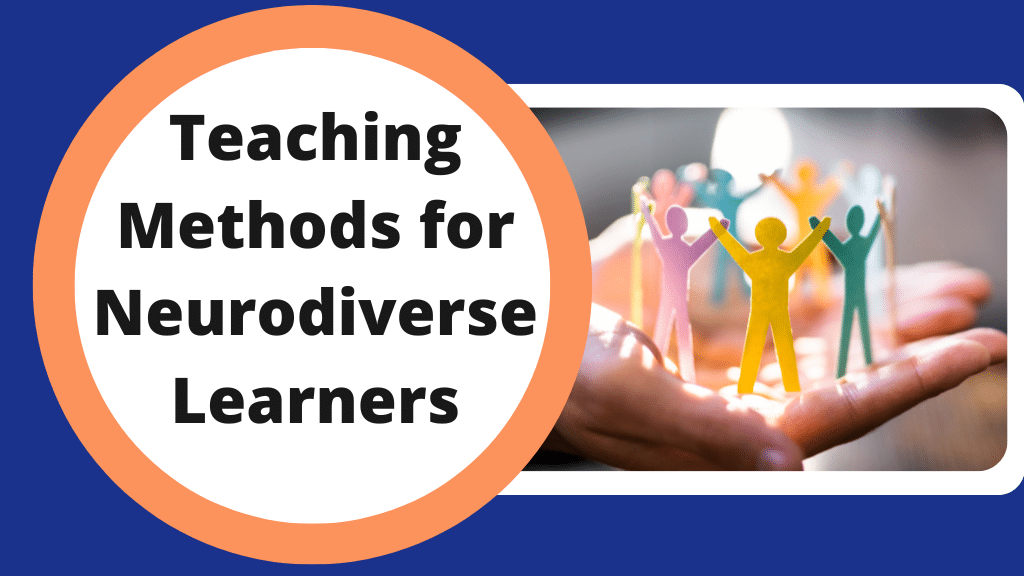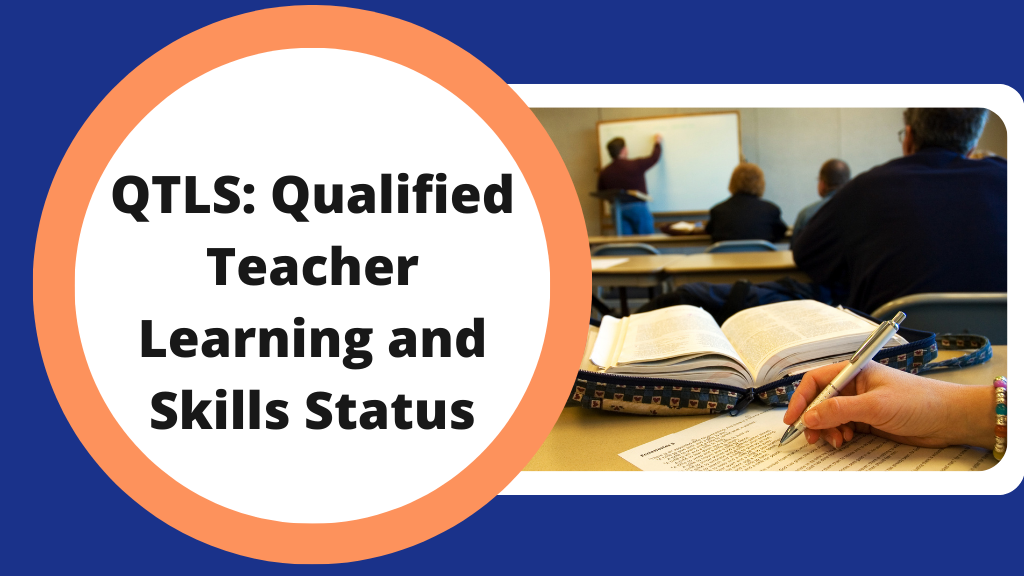August 5, 2023
The Teaching Cycle in Further Education

The teaching cycle in further education is a comprehensive yet simple approach that fosters effective and engaging teaching and learning.
From identifying students’ needs and designing learning objectives to facilitating and conducting assessments to reflecting on the teaching process, each stage plays an important role in supporting students’ progress. In this blog post, we’ll look at how the teaching cycle works in further education and how you can implement it into your own teaching practice.
What is the Teaching Cycle?
The teaching cycle is a guiding principle that facilitates effective instruction in further education. You may have also heard it referred to as “the teaching and training cycle”. As teachers step into the classroom or login into online e-learning environments, they embark on a journey that involves following a systematic and structured process known as the teaching cycle. This cycle comprises four essential stages:
- Identifying needs, planning, and designing
- Facilitating
- Assessing
- Evaluating.
Each stage plays a crucial role in ensuring effective learning outcomes for students are reached. Let’s explore these stages to understand the significance of the teaching cycle in further education.
Identifying needs, planning, and designing
The first stage of the teaching cycle is all about understanding student learning needs and creating well-structured lesson plans to address those needs. During this starting point, teachers must focus on the learner to identify their abilities, prior knowledge and learning styles to tailor their teaching accordingly. The process starts with a thorough initial assessment of the learners, which may involve interviews, surveys, or diagnostic tests.
Once the needs and capabilities of the students are known, the planning and designing phase starts. In this stage, teachers develop simple and clear learning objectives that define what students should achieve by the end of the course. These objectives serve as a roadmap for the entire teaching process.
Teachers also need to choose appropriate materials and resources and pick teaching methods to support progress towards the learning objectives. They also design assessment activities that align with the learning outcomes to ensure that the evaluation process effectively measures students’ progress and understanding.
Facilitating
The facilitating stage is where the actual teaching takes place. Teachers use a variety of teaching methods and techniques to teach skills and knowledge while actively engaging students in the learning process. They should foster a positive and inclusive learning environment that encourages student participation, collaboration, and critical thinking.
Effective communication is paramount at this stage. Teachers should be approachable, open to questions and responsive to students, creating a space for them to express ideas and seek clarification.
Teachers should also be flexible to accommodate the individual learning styles and preferences of their students when they deliver their lessons. They may use a combination of lectures, group discussions, presentations, hands-on activities, individual learning plans and real-life examples to make the learning experience more engaging and motivate students. By using different teaching methods, teachers and trainers can ensure their session plans are fit for purpose and the needs of learners.
Assessing
Assessment helps gauge students’ progress and achievement. Teachers use various assessment methods, such as verbal questions, written tests, projects, presentations, and group work, to verify students’ knowledge and skills to establish the progress of their students.
Formative assessment occurs throughout the course, allowing teachers to identify areas where students may be struggling and provide them with clear feedback for improvement.
Summative assessment, on the other hand, takes place at the end of the course to assess overall achievement.
Assessment should be fair, transparent, and aligned with the learning objectives defined in the planning stage. It should provide a picture of each learner’s performance and guide teachers to make improvements to their session plans and teaching approaches to meet the learners’ needs better.
Evaluating
The final stage of the teaching cycle involves evaluating the effectiveness of the entire teaching and learning process. Teachers reflect on their teaching, learning materials, and assessment methods used to check what worked well and what could be improved.
Feedback from others, such as your students and colleagues, is a valuable component of the evaluation stage. Teachers can gather feedback through surveys, discussions, and peer observations to understand learners’ perspectives on the course’s strengths and areas for enhancement.
Based on the evaluation findings, teachers can make necessary adjustments to their future teaching practice. This process ensures continuous improvement in the quality of education and maximises the potential for student success.
The Teaching Cycle as a Guiding Principle
As education continues to evolve and improve, the teaching cycle remains a fundamental framework for all those seeking to enhance their teaching and learning practices and optimise the learning journey for their learners within further education. Embracing each stage of the teaching cycle allows teachers to empower their students to grow into lifelong learners, equipping them with the skills and qualities they need to thrive in a competitive and ever-changing world.
Next ›‹ Previous
Back to Blog








